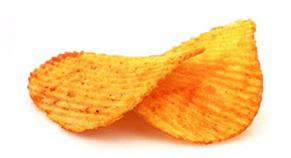Health Canada Proposes Changes for Amaranth’s Permitted Usage Level
2017-01-23 13:50:33
Health Canada published a notice of their intent to update the maximum permitted usage levels for Amaranth in foods, based on a previous CEPA study.
Health Canada has conducted a re-evaluation of the food additive uses of the colouring agent amaranth, which is currently permitted at a maximum level of use of 300 parts per million (p.p.m.), singly or in combination with other specified synthetic colours, in a range of foods including bread, jams, concentrated fruit juice, flavoured milk, ice cream and tomato catsup. The re-evaluation was conducted in support of a broader review of fifty-two azo acid dyes carried out as part of the Government of Canada’s Chemicals Management Plan.
The results of Health Canada’s re-evaluation of available data on the concentrations of amaranth actually used in foods sold in Canada reveal that exposure to amaranth is within acceptable levels from a food safety perspective. However, the existing maximum levels of use for amaranth that appear in the List of Permitted Colouring Agents are generally higher than actual use levels and would allow for elevated exposures if actual use levels ever increased. In order to ensure that potential exposure to the food colouring agent amaranth remains within acceptable levels, it is the intention of Health Canada to modify the List of Permitted Colouring Agents by creating a unique listing for “Amaranth” (it is currently grouped in the List with five other synthetic colours) and by identifying areas of use and maximum levels of use that align with actual current uses, as shown below. No changes to the singly or in combination maximum use levels for the other synthetic colours (i.e., Allura Red, Erythrosine, Indigotine, Sunset Yellow FCF and Tartrazine) are being proposed.
Source:
http://www.hc-sc.gc.ca/fn-an/consult/nop-avp-0023/nop-avp-0023-eng.php
Health Canada Proposes Changes for Amaranth’s Permitted Usage Level





